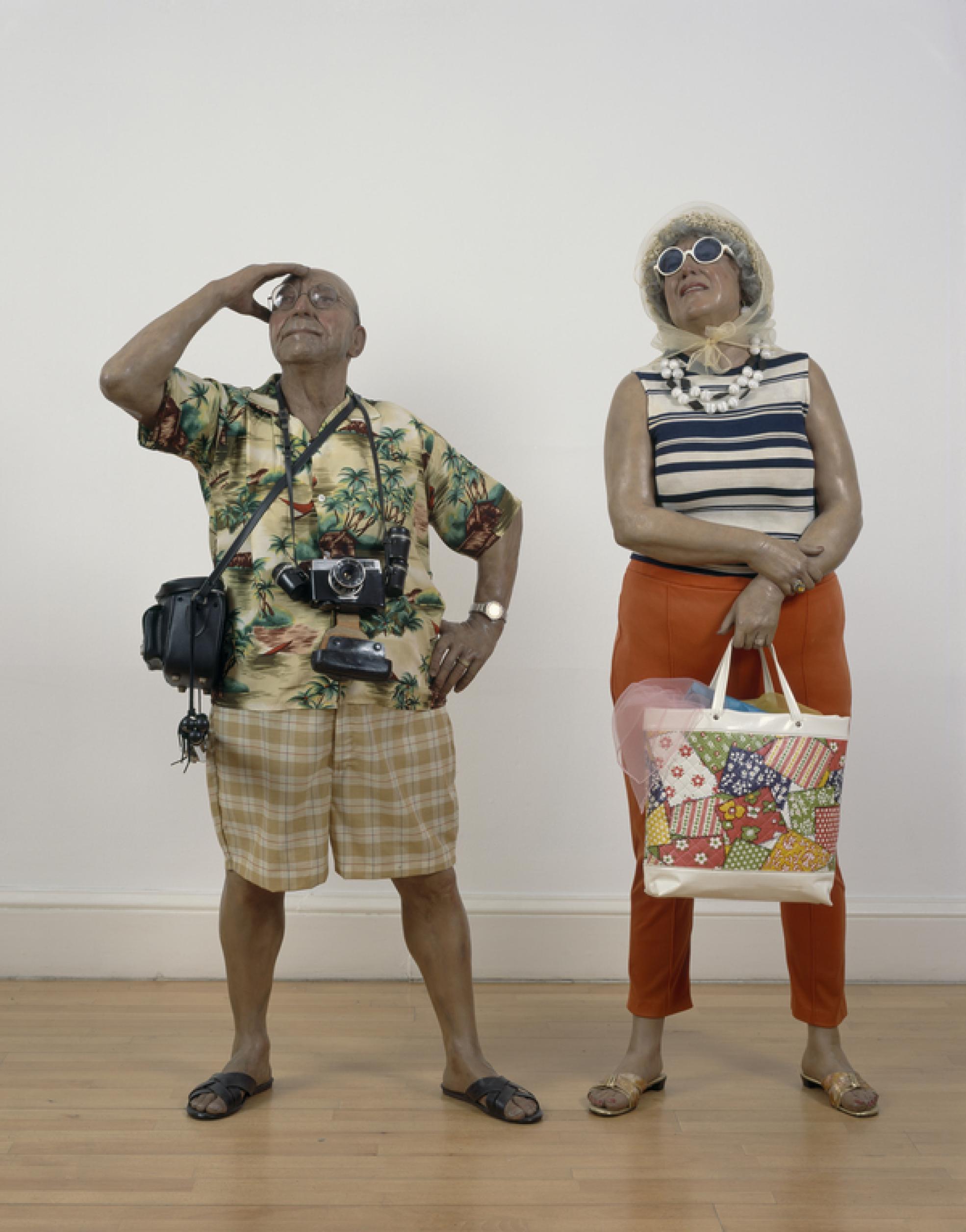Design an individual or a set of extraordinary accessories for either a man or a woman. Indicate how they would be worn.
Use any materials, techniques or processes (for example drawing, painting, printmaking, textiles, photography, computer-aided design, collage, montage).
Below you will find three key artworks to look at and discuss as a class.
There are then 10 examples of artworks made by children in response to this theme.
Further considerations
- Why do we have accessories?
- Are they functional, decorative or both?
- Can you think of examples when they are used for protection, storage or safety?
- Can an accessory indicate power?
- Which parts of the body do they usually adorn?
- How are they ‘fixed’ or held in place?
- Have they changed throughout history or are they in essence, just the same things updated?
- How do accessories for men and women differ?
- What can an accessory tell you about the person wearing it?
- What kind of accessories do you have?
Curriculum for Excellence
Expressive ArtsArt and Design |
I have experimented with a range of media and technologies to create images, using my understanding of their properties. EXA 3-02a I can use and combine the visual elements and concepts to convey ideas, thoughts and feelings in expressive and design work. EXA 3-03 While working through a design process in response to a design brief, I can develop and communicate imaginative design solutions. EXA 3-06a I can respond to the work of artists and designers by discussing my thoughts and feelings. EXA 2-07a |
Technologies |
By using problem-solving strategies and showing creativity in a design challenge, I can plan, develop, organise and evaluate the production of items which meet needs at home or in the world of work. TCH 3-14a I gain inspiration from natural forms, the built environment or imagination to develop a creative idea which could be realised using computer aided manufacture. TCH 3-15b |
Artworks created for this theme












